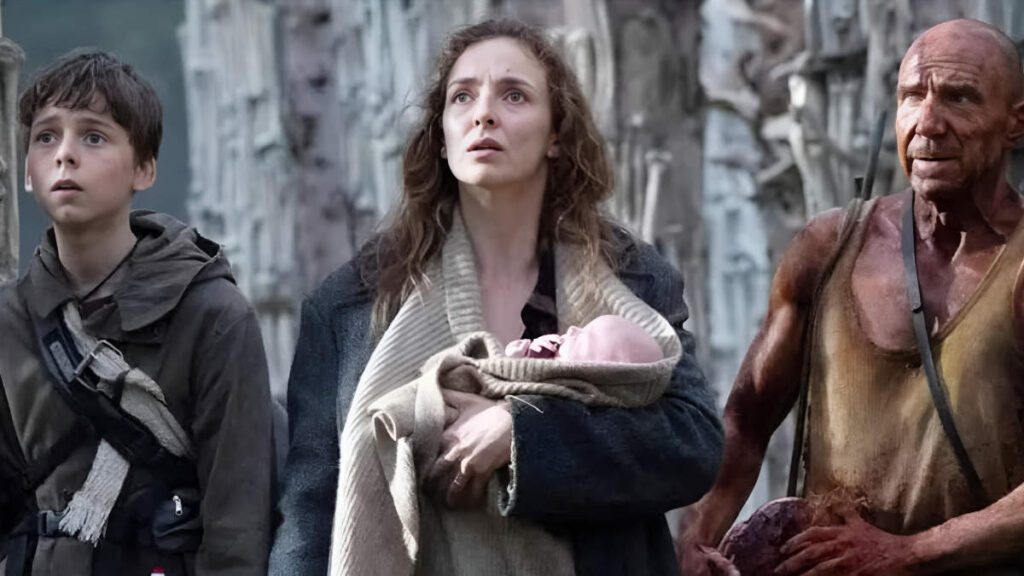Danny Boyle’s highly awaited horror sequel, 28 Years Later, splashed the global box office to the tune of a staggering $60 million on its opening weekend alone. This staggering amount is almost as much as the overall lifetime gross of its prequel, 28 Weeks Later. The film has to reach $150 million to break even in the cinema, which is fairly high considering its estimated production cost of $60 million (excluding marketing costs). Even on paper, things look promising, but early indications are that it’s already on target.
Solid U.S. & International Performance
The movie drew $30 million from American audiences and equaled that with a further $30 million overseas. The UK dominated the international territories with $6.4 million, followed by Mexico with $2.7 million and Australia with $1.7 million. Even nations such as South Korea, France, Germany, and Spain contributed more than $1 million each, highlighting the popularity of the franchise across the globe.
Can’t stop thinking about the cinematography of #28YearsLater pic.twitter.com/9390yZoz0J
— Cinema Nation (@CinemaNation_) June 22, 2025
Fans and New Faces Drive Success
Directed by Danny Boyle and written by Alex Garland, this one occurs 28 years since the original outbreak of the virus. Starring Jodie Comer, Aaron Taylor-Johnson, and Ralph Fiennes, 28 Years Later finds balance in retro nostalgia and new thrills. The tense atmosphere, charged performances, and heart-pounding action scenes have won over both oldtimers and new converts.
Start of a New Horror Trilogy
The success of the movie is not in box office totals alone—it heralds the beginning of a new trilogy. Two sequels are already in the making by producers, further bloating the universe decimated by the virus.
New Forms of Filmmaking Blend With Conventional Horror
One fascinating note about the making of the film is the incorporation of iPhones for specific scenes, approximating 28 Days Later’s raw feel but using contemporary techniques. The bold move has injected new life into the series’ visual narrative.
28 Years Later demonstrates big-budget horror is indeed possible, paving the way for future projects in more ambitious genre films.

